The first question for a photographer about to embark on a journey is what you need to tell the story. It’s a question of lenses, camera bodies, memory and storage.
If your niche is crispy fog and distant moose, you might only need your favorite zoom lens. If the Milky Way and dancing aurora keep you up late, you’ll need your tripod and wide lens.
But what if you’re into it all—camp photos of steaming coffee, candid portraits under a downpour, quiet reflection in a windbound tent, and the quick catch when a wolf trots out from the willows.
8 Essentials For A Paddling Expedition Photographer
It’s easy for a photography kit to get weighty, and for the price tag to add up. Here are the bare bones.
1. Lenses
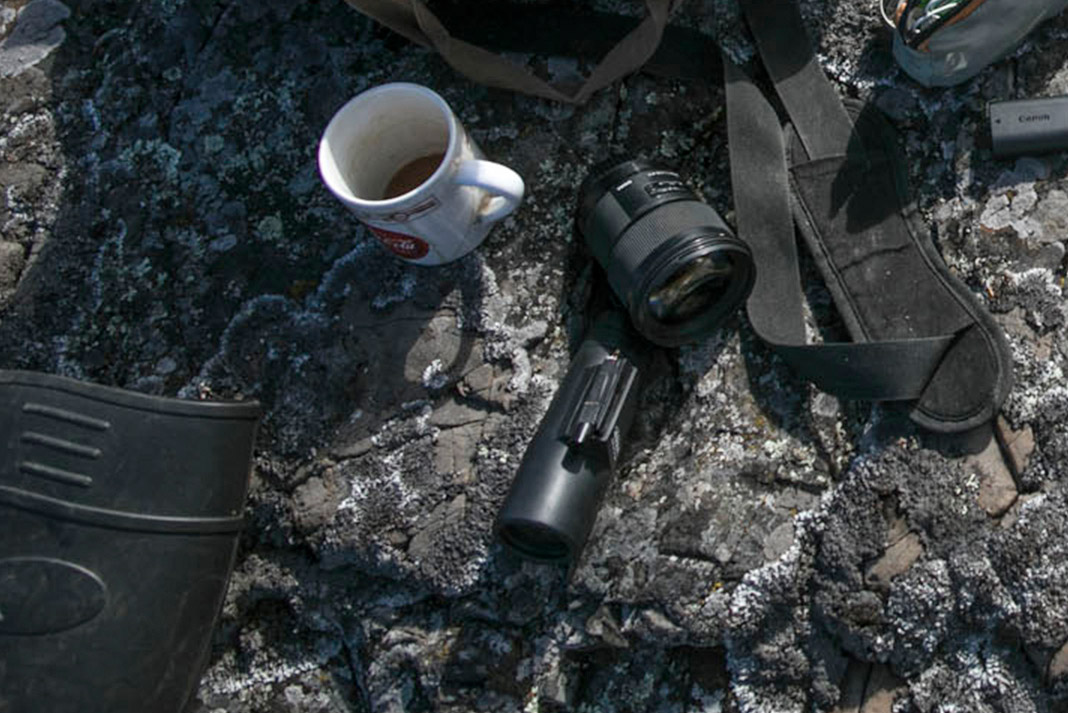
Bringing a full kit not only gets weighty, but it can also burden my creativity with too many options. I find two lenses, the Canon 24mm f1.4 and Canon 70-200mm f2.8, cover all my needs and can stand up against any canoe trip weather.
Without getting too technical, the 24mm lets me focus close and leaves a lot of room to tell a story with composition. The 24mm is the only lens I use in camp because it’s great in low light and is easy to keep slung over my shoulder.
The 70-200mm, while not super far-reaching, is essential. Its versatility lets me shoot portraits to action, wildlife to distant landscapes.
$2,089 and $2,499 | www.canon.com
2. Camera body
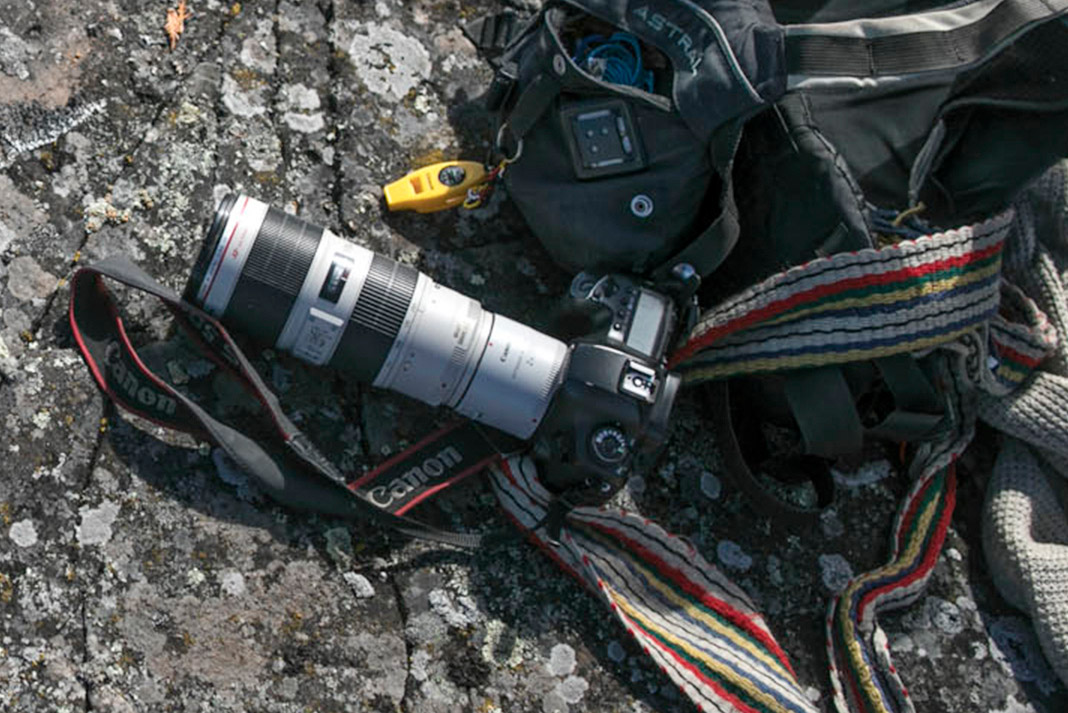
Brands and price tags might add to your ability to tell a story, but the most undeniable truth is the most important camera is the one with you. I bring two camera bodies, one for each lens, which means I never have to remove a lens, reducing the possibility of dust, debris, rain or snow entering the camera.
The Canon 5dMKIV has been my go-to camera body for a few reasons. It’s full-frame, has a decent shooting speed for action, is excellent in low light, and its weight and size are perfect for being on the go. Most importantly, it’s rugged enough to handle a wilderness trip.
$2,999 | www.canon.com
3. Aerial view
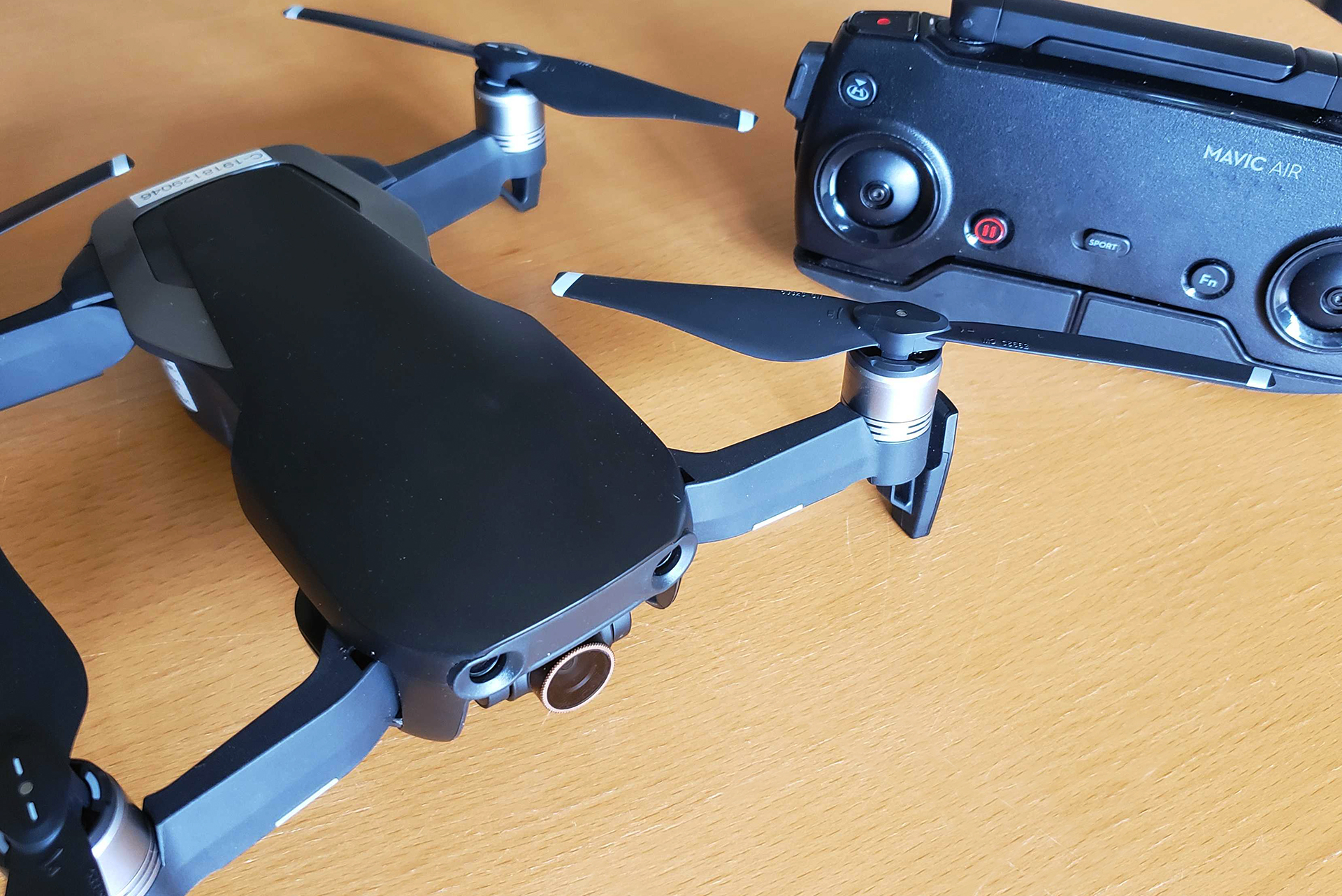
Drones have changed the world of wilderness travel. Carrying a Mavic Air adds less than a pound, and the added benefit of an aerial view is undeniable. Not to mention, the software has made the technology so user-friendly, virtually anyone can operate it.
$799+ | www.dji.com
4. Drybags
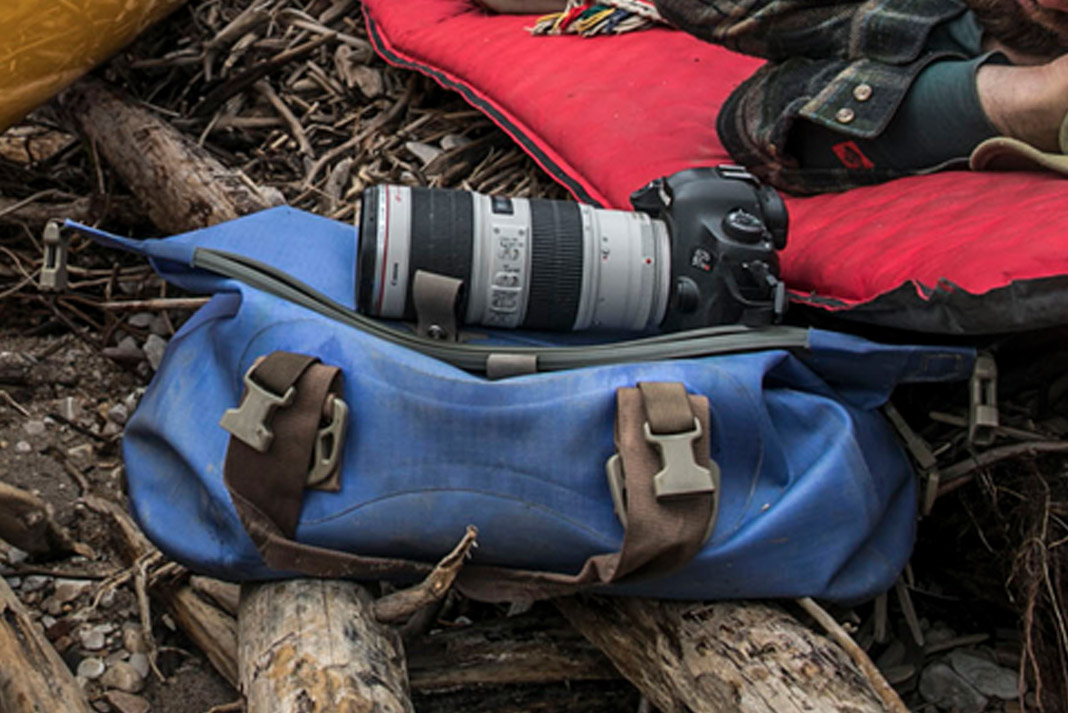
I prefer to ditch hard cases and their bulky awkwardness. Instead, I throw a 15-liter Watershed Ocoee on my shoulder. I treat it like a go-bag—a camera comes out, a camera goes in.
I keep the bag between my legs while I paddle, beside me in the tent and carry it across every portage. Through rain or dust storm, I know my gear will be safe and dry. I keep a Shamwow towel in the bottom of the bag to catch any moisture.
$112-$163 | www.drybags.com
5. Storage
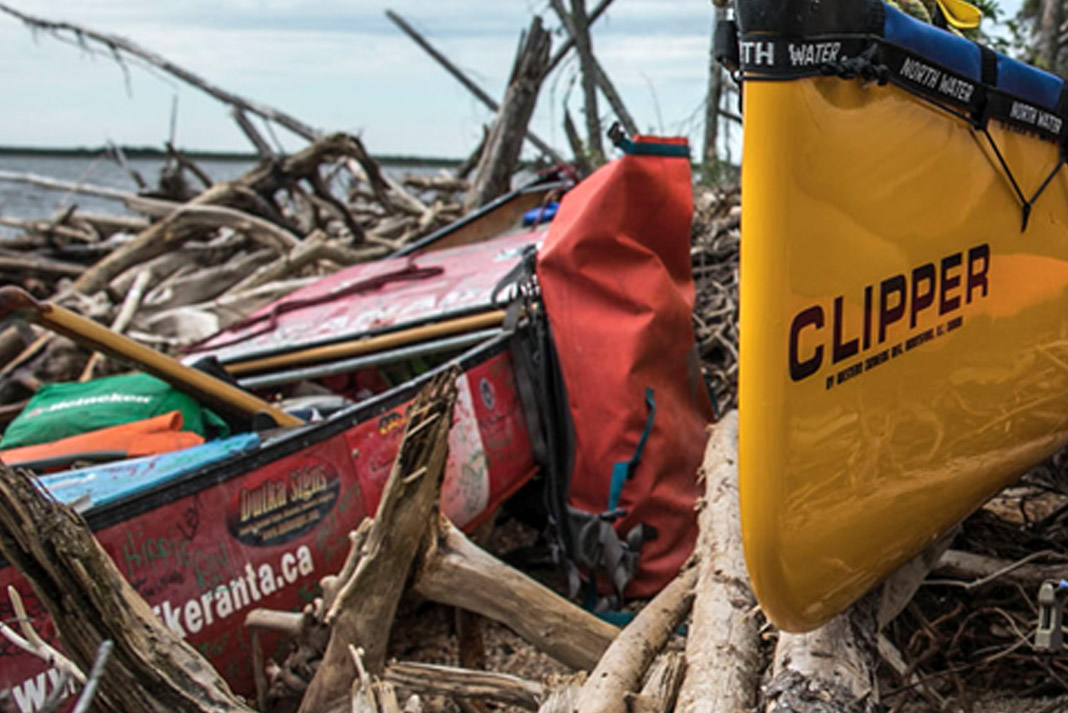
Considering electronic needs when storytelling is important. When paddling across Canada (www.paddlingmag.com/0022), I brought a laptop and a hard drive, tucked into a 55-liter Watershed Yukon Duffle, and did occasional backups to rugged LaCie portable drives.
Along the way, I mailed hard drives home, emailed dispatches to my editors, and posted to social media. If you’re documenting for fun and space is limited, just bring extra memory cards.
The worst thing is to miss the photo because you’ve run out of space. Memory is cheap, so bringing multiple SanDisk cards is an option.
$159-$223 | www.drybags.com
$60 for 32GB | www.sandisk.com
6. Electronics
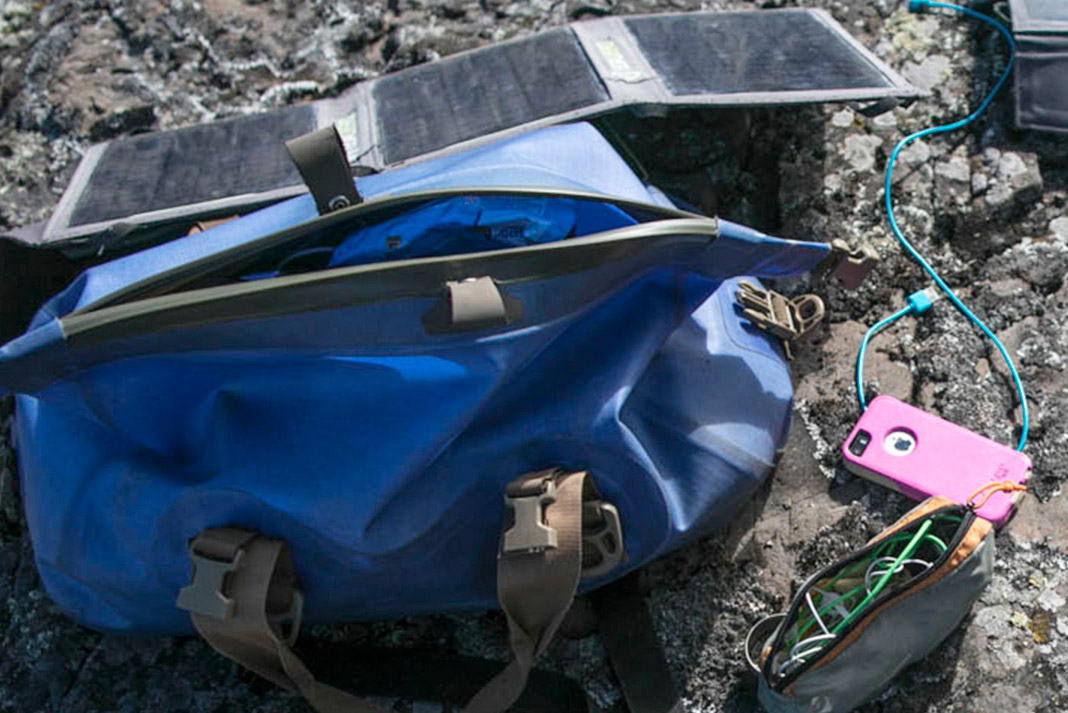
Power is simple thanks to Goal Zero solar panels and a Sherpa 100 Portable Power Bank. The Sherpa is a two-pound power bank offering juice collected from the solar panels, or wall plugs when it’s convenient.
With larger panels, a full sunny summer day can charge the bank, keeping a smartphone charged for one week, or charging three or four camera batteries. I plug smaller devices, like a Delorme InReach or phone, directly into my panels via USB port, and save the panels for my camera gear.
If what I’m doing is serious, I might carry two Sherpas. The bulk of redundancy is preferred to not getting the shots at all. Besides, I’m canoeing, not hiking. I pack it in, carry it over, and rest easy knowing I won’t miss a moment.
$299 | www.goalzero.com
In 2017, photo-journalist David Jackson spent six months paddling and portaging from Canada’s West Coast back to his home in the Ottawa Valley.
Roses are red, mud is brown. Sleeping in the forest is better than any night on the town. Feature Photo: David Jackson



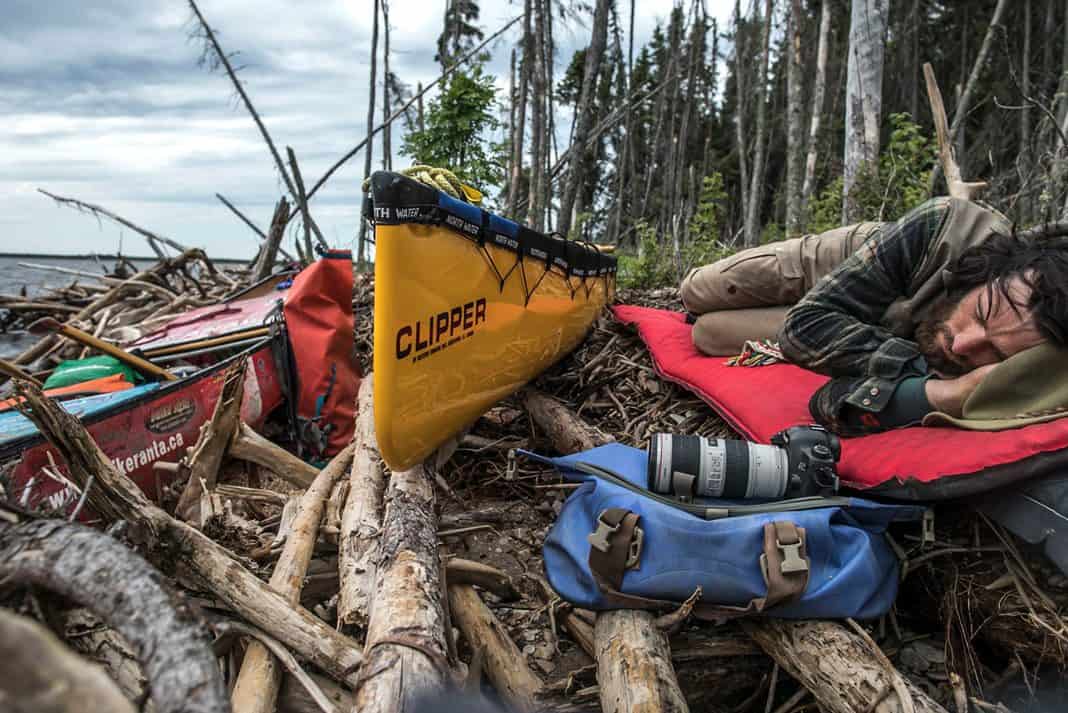
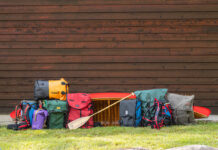
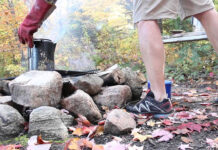
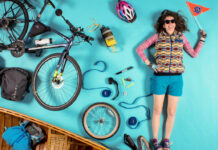
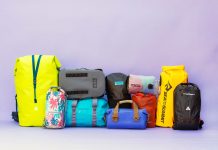
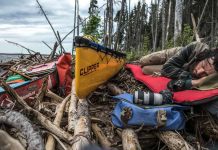

Interesting. I have been watching quite a few outdoor “vloggers” and some of the camera work is truly amazing. Some even rig up some sort of portable “rolling device” for their camera work and the drone work is quite something.